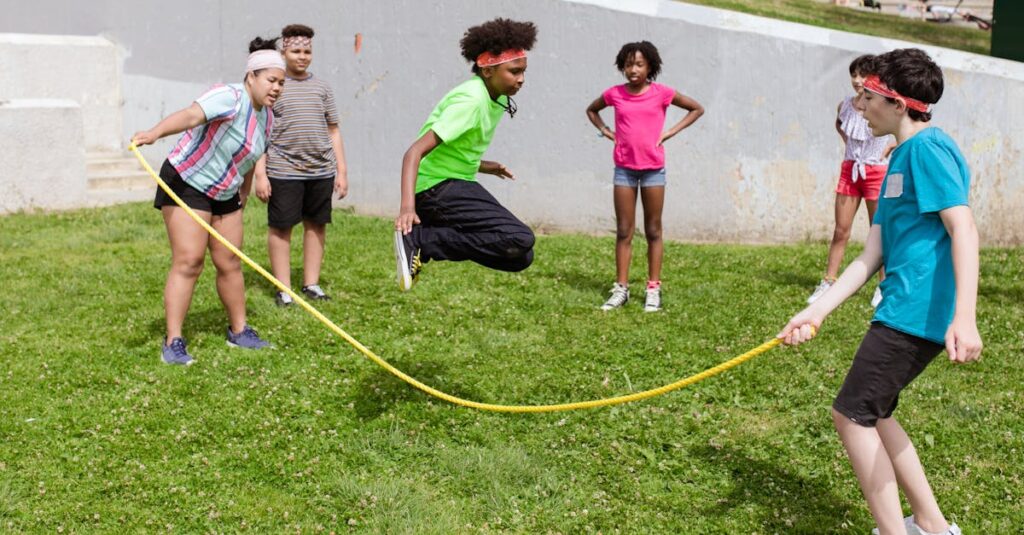How AI Is Transforming Early Childhood Education
Technology is increasingly becoming part of education, and AI (Artificial Intelligence) is leading the charge. Surprised? Think of AI as a super-smart digital helper that can personalize lessons for your little one. It’s like having a tutor who understands your child’s strengths and challenges. From interactive storybooks to math games, AI tools make learning fun and effective. Imagine a math problem explained like a fun puzzle – that’s the magic of AI in education!
Technology in Education: AI is revolutionizing the way children learn by providing personalized educational experiences.
- Interactive Learning: AI tools engage children in interactive activities making learning enjoyable.
- Adaptive Learning: AI adapts lessons based on a child’s pace and learning style.
- Feedback Mechanism: AI provides instant feedback to guide children through their learning journey.
With AI, early childhood education is entering a new era where every child can receive tailored support and engage in educational activities that cater to their individual needs.
Selecting the Right AI Tools for Your Child
Choosing the right AI tool might feel tricky, but don’t worry, it’s simpler than it seems. Look for age-appropriate, well-reviewed, and user-friendly tools. Apps like ABCmouse and Prodigy can be good starting points. Remember, it’s essential to pick tools that blend fun and learning seamlessly. Check for features that adapt to your child’s progress. An AI tool that grows with your child keeps them engaged and constantly learning.
Creating a Balanced Learning Environment
Balance is key! Kids need a healthy mix of screen time and physical activities. Set time limits for using AI tools and balance this with outdoor play, reading physical books, and family time. Create a learning schedule that incorporates varied activities. Think of it like a fun dance – a little bit of everything keeps things lively. Plus, mix in some screen-free learning games, like flashcards or board games, to keep your child’s curiosity alive.
Key Points:
- Kids need a balance between screen time and physical activities.
- Set time limits for using AI tools.
- Encourage outdoor play and reading physical books.
- Create a diverse learning schedule.
- Include screen-free learning games like flashcards and board games.
Emotional Hurdles and Smart Solutions
Kids can experience frustration or fatigue with new tech. It’s okay – emotional hurdles are a part of learning. Keep communication open and encourage them to express their feelings. If a particular tool frustrates them, take a break and try again later. Celebrate small wins to boost their confidence. Sharing your own experiences with learning new things can also make them feel understood. Remember, patience and encouragement go a long way in nurturing a love for learning.
Interactive and Fun Learning Activities
Learning doesn’t have to be serious business all the time. Integrate playful activities to make educational moments enjoyable. Use AI-powered games that turn math into an adventure or science into a magic show. Engage in interactive storytelling sessions where your child participates in the story. Tap into their creativity with art projects using AI drawing tools. Fun challenges and quizzes can make learning light-hearted and exciting. The goal is to make every learning activity feel like a game.

